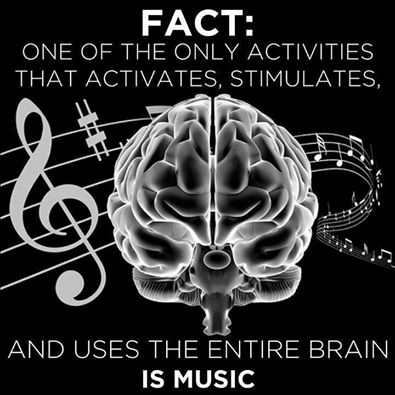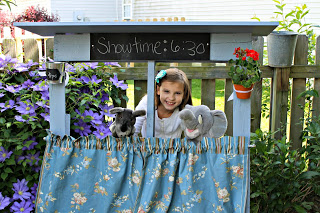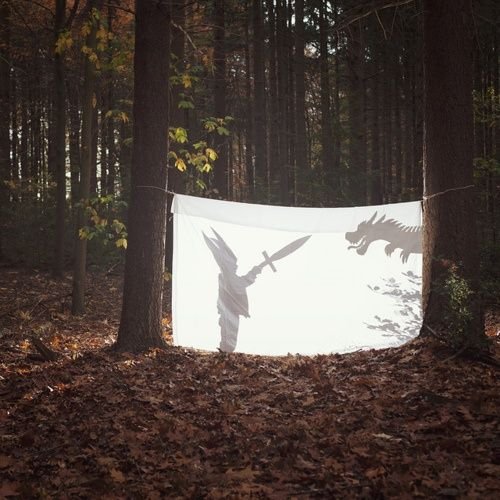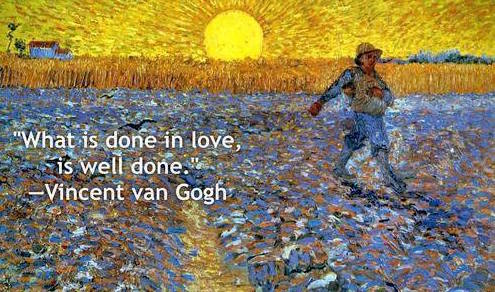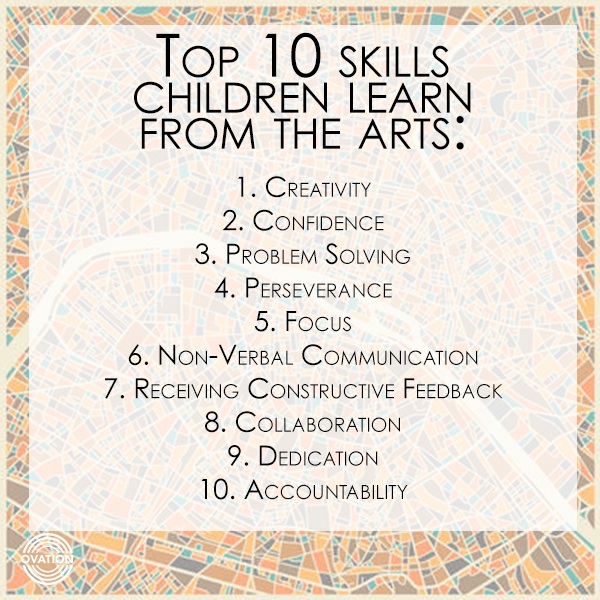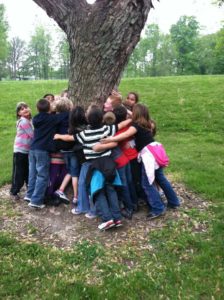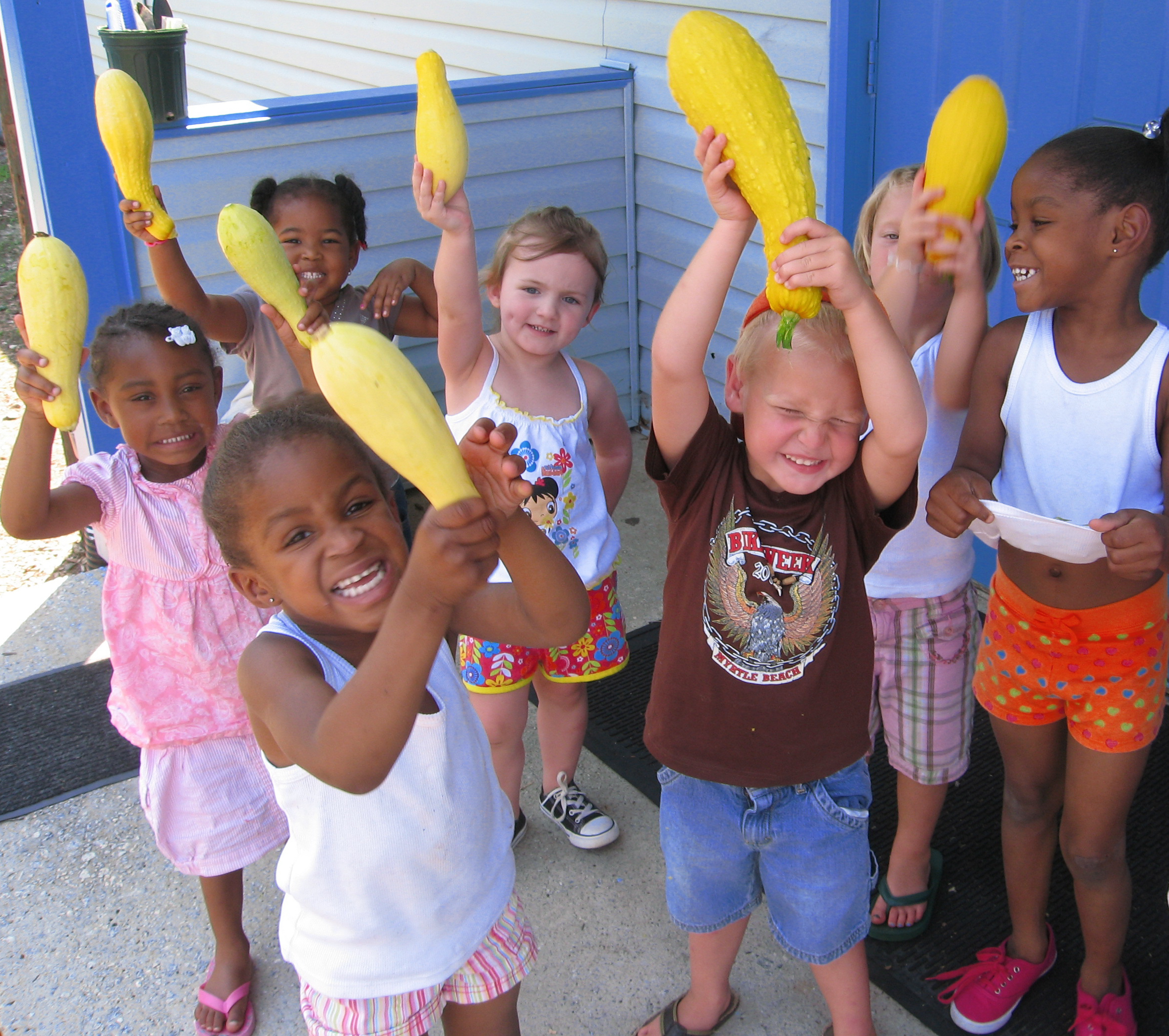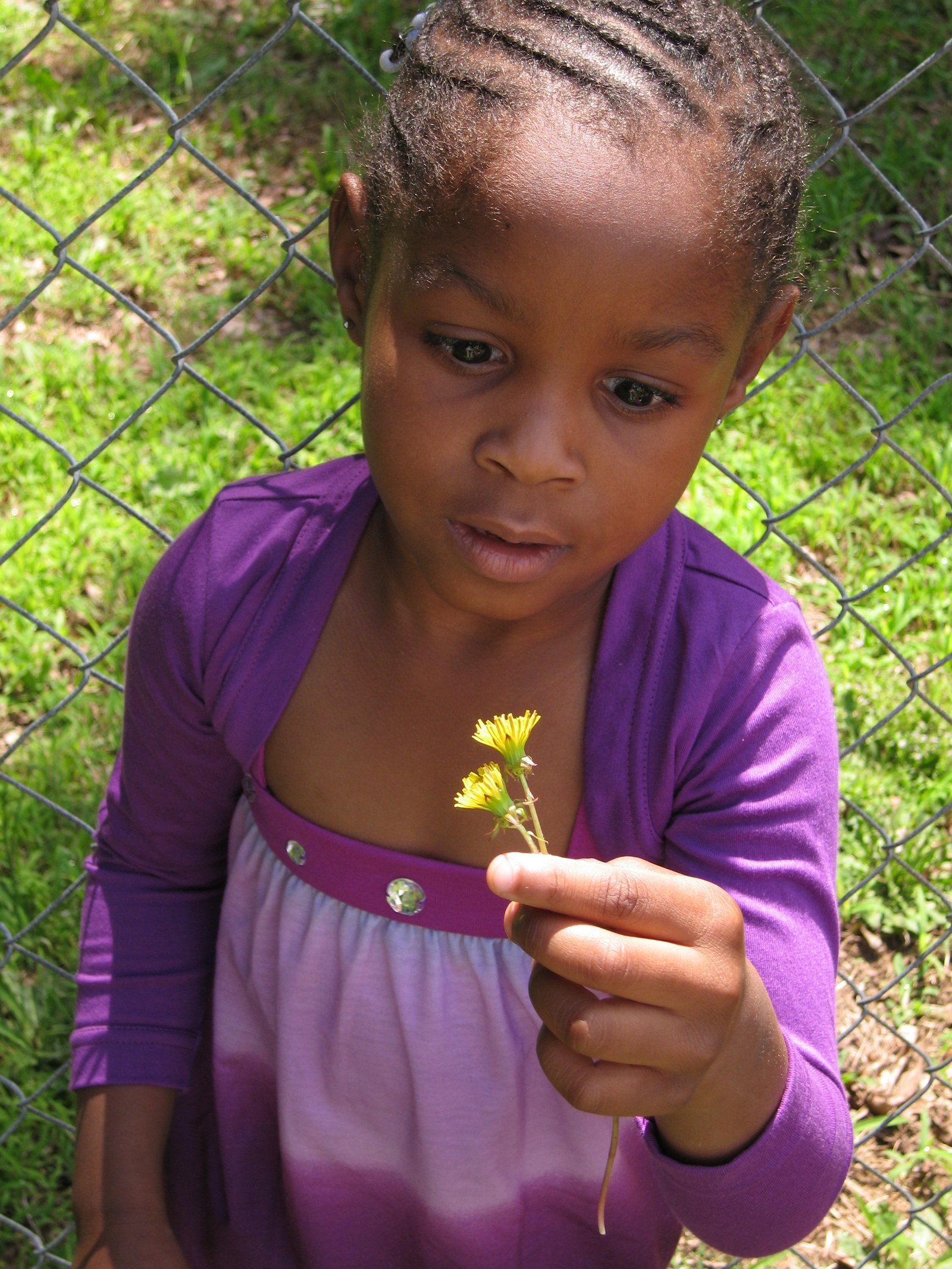What we love, we are likely to protect. To love something, we must know it. Nature affords children a direct experience with a world not made by humans where they can feel themselves as a part of a larger community of life.
A forest kindergarten is a kindergarten “without ceiling or walls”.
“Because children’s experience of nature remains a vital and irreplaceable source of healthy development, nothing less than the future of our species is at stake in maintaining and, when compromised, restoring this relationship. The crisis of deeply diminished connections between children and the biological basis of our humanity is too great for us to remain passive. The scale and scope of the problem calls for bold steps and a deeper understanding of what is at stake. “ – Reflections on Children’s Experience of Nature, Stephen R. Kellert

The Forest School is a model of early childhood education that was developed in Europe in the 1950s and very popular in many European countries. The hallmark of a true “forest kindergarten” is that the children are exclusively outdoors, year round, regardless of the weather (primitive shelter is available and weather appropriate clothing is required.
While modern mainstream early childhood education emphasizes academics and the use of technology, forest kindergartens support a child’s connection to the natural world, to other people, and to their own developing intuition. The forest kindergartens of Europe now have several decades and generations of experience that demonstrate that forest kindergartens are the optimal environment for the healthy development of the young child.
Early childhood development experts agree that free-range, imaginative play learning available in a forest kindergarten environment supports gross and fine motor skills, balance, coordination, problem-solving socialization, creativity, imagination and empathy. The development of these qualities is essential during the critical ages of 4-7 years old, when right brain activity is dominant in the young child. The current focus in mainstream early childhood education in the U.S. on rational left brain activities such as reading and writing is premature and inappropriate according to the most respected early childhood development experts. Indeed, many European countries such as Switzerland and Finland, whose students statistically outperform U.S. students, do not begin academic schooling until age seven.

“Logic will get you from A to Z; imagination will get you everywhere.” Albert Einstein
When children from German Forest Schools go to primary school, teachers observe a significant improvement in reading, writing, mathematics, social interactions and many other areas. Roland Gorges, a researcher, stated that children who had been to a forest kindergarten were above average, compared by teachers to those who had not, in all areas of skill
tested. In order of advantage, these were:
Improved skills
Knowledge and skills in specific subjects.
Reading
Mathematics
Constructive contributions to learning
Asking questions and interest in learning
Motivation

“For the child, it is not half so important to know as to feel. If facts are the seeds that later produce knowledge and wisdom, then the emotions and the impressions of the senses are the fertile soil in which the seeds must grow. It is more important to pave the way for a child to want to know, than to put him on a diet of facts that he is not ready to assimilate.” Rachel Carson
“Empathy between the child and the natural world should be a main objective for children ages four through seven. As children begin their forays into the natural world, we can encourage feelings for the creatures living there. Early childhood is characterized by a lack of differentiation between the self and the other. Children feel implicitly drawn to baby animals; a child feels pain when someone else scrapes her knee. Rather than force separateness, we want to cultivate that sense of connectedness so that it can become the emotional foundation for the more abstract ecological concept that everything is connected to everything else. Stories, songs, moving like animals, celebrating seasons, and fostering Rachel Carson’s “sense of wonder” should be primary activities during this stage.” David Sobel, author of “Childhood and Nature: Design Principles for Educators” and many other excellent books.
Children today are facing a crisis of disconnection from the natural world, as indicated by the term “nature deficit disorder”, coined by Richard Louv in his 2005 book, “Last Child In The Woods”.
Besides the enormous benefits for the healthy development of the young child, the other reason our world needs Forest Schools is that our planet is in trouble. The modern way of life is rapidly consuming the Earth, creating the enormous ecological disaster currently unfolding. Our Earth needs several generations of nature-connected children who grow into empowered, imaginative, nature-connected adults capable of solving the myriad of problems they will inherit. Forest kindergartens are a visionary, long-range, generation-spanning form of ecological responsibility.
Besides the enormous benefits for the healthy development of the young child, the other reason our world needs Forest Schools is that our planet is in trouble. The modern way of life is rapidly consuming the Earth, creating the enormous ecological disaster currently unfolding. Our Earth needs several generations of nature-connected children who grow into empowered, imaginative, nature-connected adults capable of solving the myriad of problems they will inherit. Forest kindergartens are a visionary, long-range, generation-spanning form of ecological responsibility.
Benefits of Forest School
- Improved confidence, social skills, communication, motivation, and concentration
- Improved physical stamina, fine and gross motor skills
- Positive identity formation for individuals and communities
- Environmentally sustainable behaviors and ecological literacy
- Increased knowledge of environment, increased frequency of visiting nature within families
- Healthy and safe risk-taking
- Improved creativity and resilience
- Improved academic achievement and self-regulation
- Reduced stress, increased patience, self-discipline, attention span, and recovery from mental fatigue
- Improved higher level cognitive skills
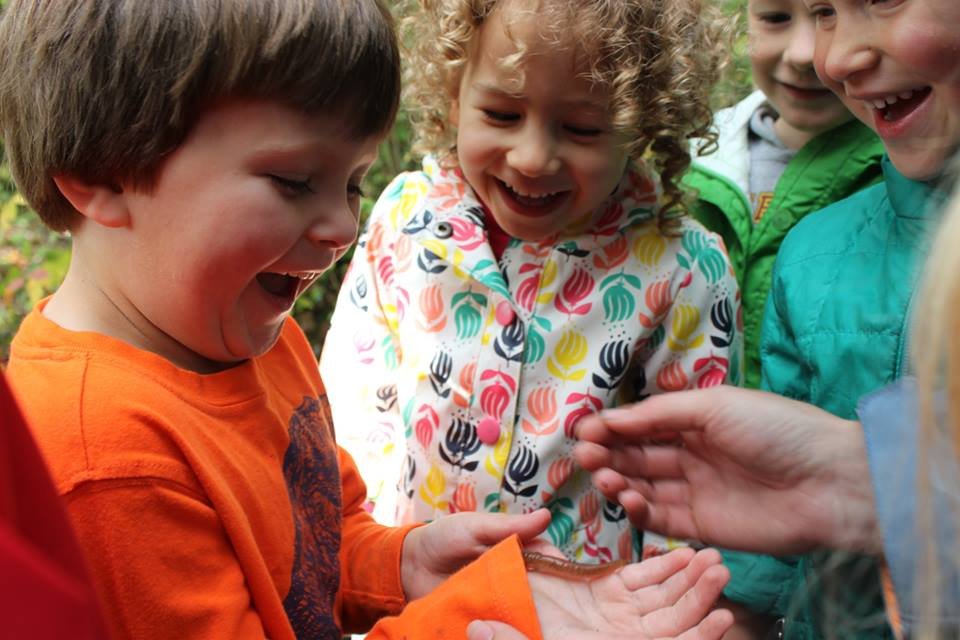
The biophilia hypothesis argues that a love of nature is instinctive. The term nature deficit disorder, coined by Richard Louv in his book Last Child in the Woods recognizes the erosion of this by the urbanization of human society. Attention restoration theory and related psychological work has proven health benefits in reduced stress, improved concentration and improved medical outcomes from surgery.
Playing outside for prolonged periods has been shown to have a positive impact on children’s development, particularly in the areas of balance and agility, but also manual dexterity, physical coordination, tactile sensitivity, and depth perception. According to these studies, children who attend forest kindergartens experience fewer injuries due to accidents and are less likely to injure themselves in a fall. A child’s ability to assess risks improves, for example in handling fire and dangerous tools. Other studies have shown that spending time in nature improves attention and medical prognosis in women. Playing outdoors is also said to strengthen the immune systems of children and daycare professionals.

The forest kindergarten movement is in its infancy in the United States. The first forest kindergartens in the U.S. started in California in the 1990s (Tender Tracks and Wild Roots Forest School.) In the southeastern U.S. there are only a scattered few forest kindergartens at present, but the movement is gaining momentum.
Establishing a Forest School: Two main routes to establishing a Forest School program:
- Employ (or contract in the services) of an existing Level 3 Forest School practitioner
- Train one of your existing staff to become a Level 3 Forest School practitioner
One of our first forest schools was Wild Roots Forest School in Santa Barbara meets in local, natural spaces. The sky is our ceiling, the trees are our walls, and the floor is the living Earth. Children learn to identify local flora and fauna, recognize patterns in nature, build physical prowess, agility, and confidence, and develop a solid foundation for lifelong learning. Our classes are busy foraging, recognizing plants that can heal or harm us, tracking and observing animals, observing changes on the land, painting, drawing, crafting, and playing in nature’s playground. Using wild harvested materials in our play and work helps us to experience our interdependence through all of our senses. With a strong daily rhythm, our classes are infused with songs, games, poetry, storytelling, and plays. This creative work develops, among a wide array of skills and qualities, a keen memory, a rich vocabulary, the firm foundation for future literacy, and a strong sense of rhythm. Our imagination acts as a bond with nature and helps us develop reverence, understanding, and compassion. Daily, the land offers a host of new adventures to spark the natural curiosity and imagination of each child.
The Asheville Forest School on the east coast in N.C. provides nature-based education that supports the healthy development of the whole child—body, mind and spirit–and helps them realize their full potential and become compassionate stewards of the Earth.
Books:
- The Outdoor Classroom by Hilary Harriman
- The Outdoor Classroom Ages 3-7 Karen Constable
- Play the Forest School Way Peter Houghton & Jane Worroll
Links:
Outdoor Learning
The Forest School Association
Forest Academy Teacher Training

 Music is a form of storytelling. It is a natural active thing and part of the soul of humanity. Music comes from the heart of life. Singing exercises the lungs, increases breath control, aids speech development and sound and volume control, and increases vocabulary. Teach a second language through song! Music is mathematical. It’s stories. Tune in to the rhythm of our heart! Make music a part of every day.
Music is a form of storytelling. It is a natural active thing and part of the soul of humanity. Music comes from the heart of life. Singing exercises the lungs, increases breath control, aids speech development and sound and volume control, and increases vocabulary. Teach a second language through song! Music is mathematical. It’s stories. Tune in to the rhythm of our heart! Make music a part of every day.